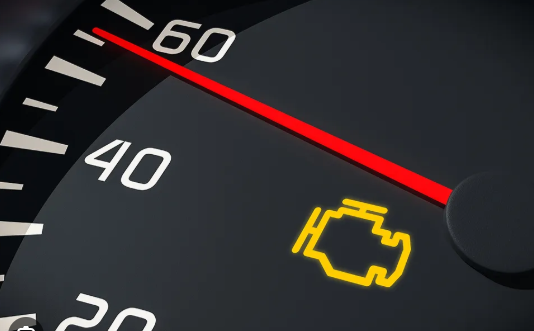Check Engine Light and Misfire Diagnosis – Common Problems and Fixes FAQ
1. Why is my check engine light on?
The check engine light comes on when your car’s computer detects a problem in the engine, emission, or ignition system. A diagnostic scan is needed to read the error codes and identify the cause.
2. What does a flashing check engine light mean?
A flashing check engine light usually indicates a serious engine misfire, which can damage your catalytic converter. It requires immediate attention.
3. Can a loose gas cap trigger the check engine light?
Yes. A loose or faulty gas cap can cause an evaporative emissions leak, which often triggers the light. Try tightening or replacing it first.
4. What causes engine misfires?
Common causes include worn spark plugs, faulty ignition coils, vacuum leaks, bad fuel injectors, and low engine compression.
5. How do I know if my engine is misfiring?
You may feel the engine shaking, notice poor acceleration, rough idle, or hear unusual sounds. The check engine light may also blink or store codes like P0300–P0306.
6. Is it safe to drive with a misfire?
No. Continued driving can lead to engine damage, poor fuel economy, and exhaust system failure. Have it inspected as soon as possible.
7. What does code P0300 mean?
P0300 indicates random/multiple cylinder misfires. It’s usually a sign of inconsistent spark or fuel delivery across multiple cylinders.
8. How is a misfire diagnosed?
Technicians use an OBD-II scanner, check misfire data, test spark and fuel components, and may perform a compression or leak-down test.
9. Can bad fuel cause misfiring?
Yes. Contaminated
